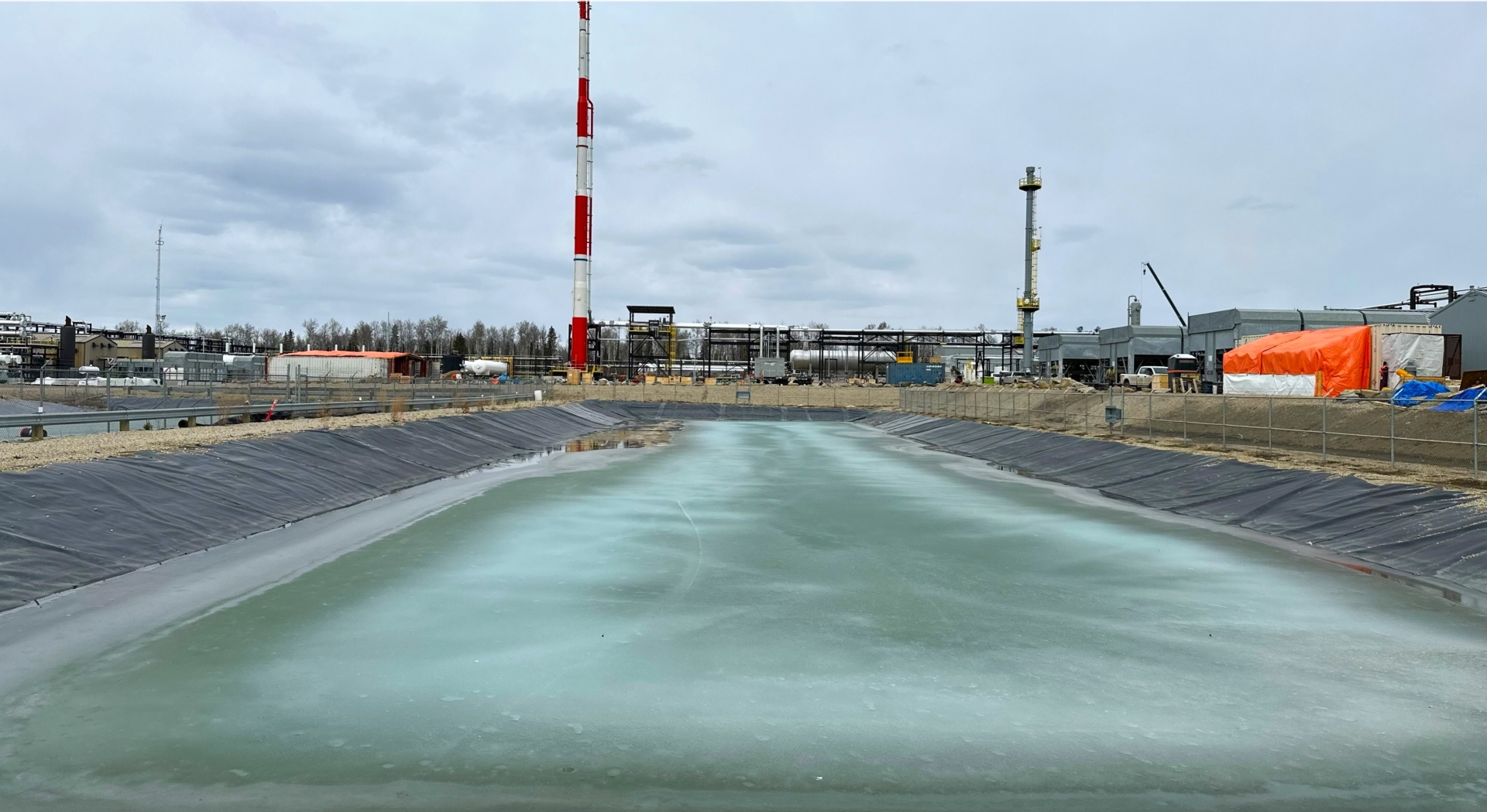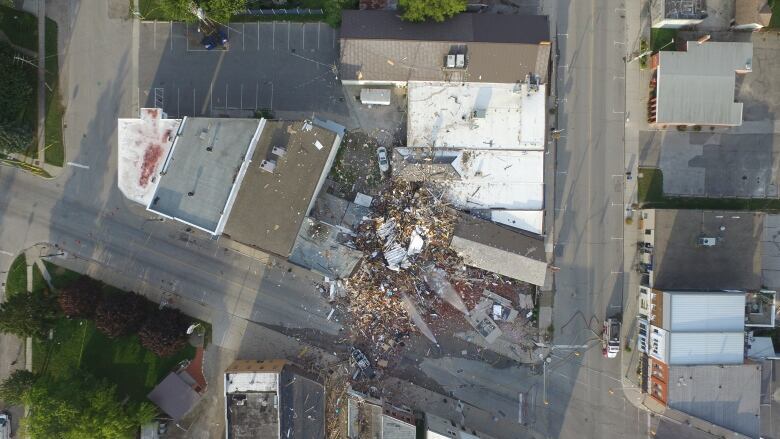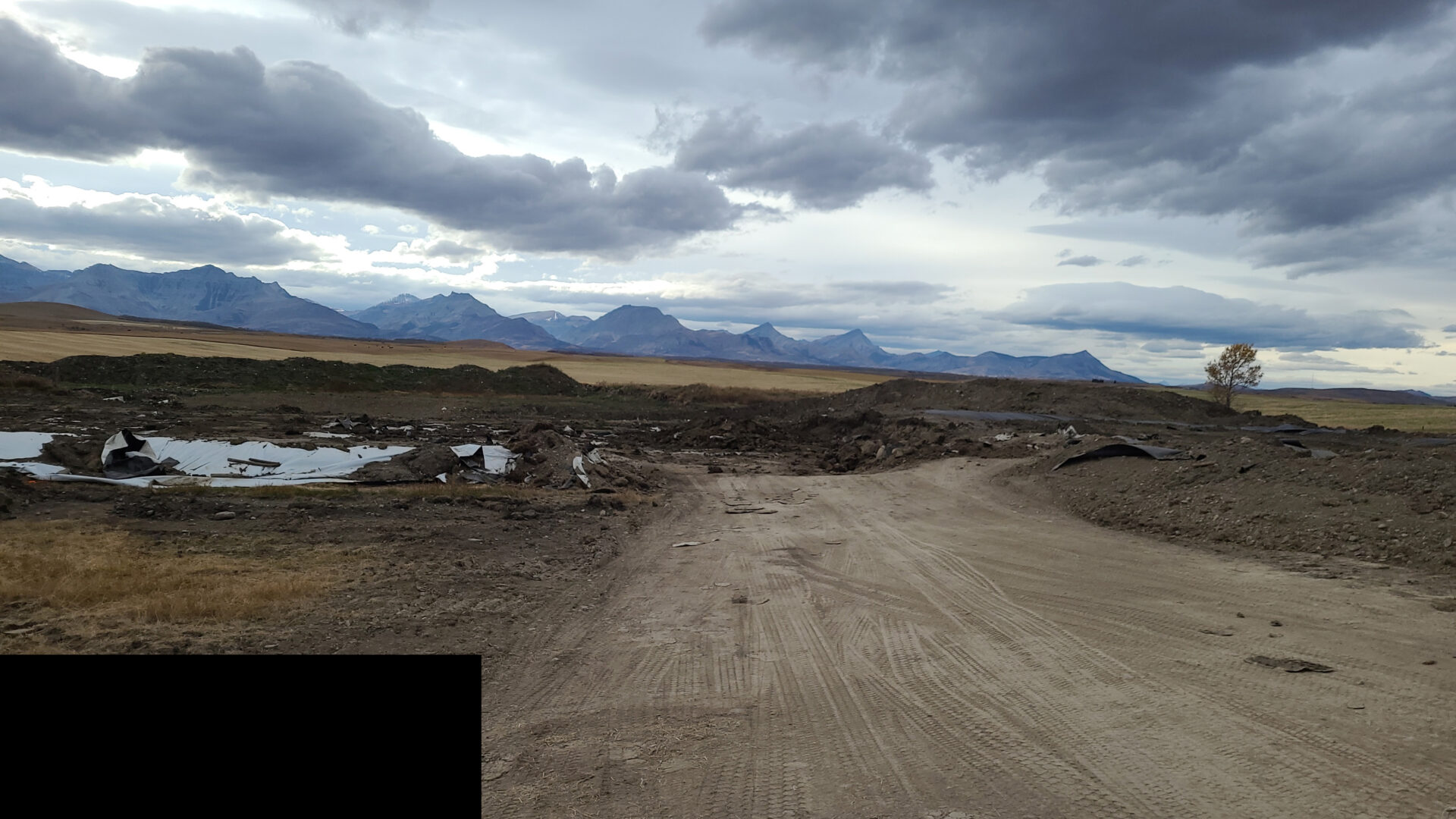After one of the worst fire seasons in Alberta’s history, my heart goes out to the many people who will be returning to homes and properties that were destroyed by the fires in May of this year. Now, with that in mind, I write this insight in the hopes that a ‘shared experience’ may aide some of those impacted by the fires.
It has been 1 year and 7 months since my wife and I lost our home in a house fire and we are still in the permitting phase of the rebuild. Rebuilding after the fire is the most challenging and overwhelming process that I have experienced, both emotionally and practically. This insight will discuss the good and bad in the typical rebuilding process, common issues, and will conclude with an ugly personal example from my experience that illustrates how our claim went sideways.
THE GOOD
The list below provides a few important things to consider when managing the rebuilding process immediately after a house fire or any total loss situation.
- Contact your insurance company: Notify your insurance provider about the loss as soon as possible. They will introduce you to your adjuster for your claim and may provide assistance for rebuilding. Document all the damage and losses by taking photographs and making a detailed inventory of your belongings.
- Secure temporary housing: Your home will be uninhabitable; arrange for temporary housing. Reach out to family, friends, or your insurance company for assistance in finding suitable accommodations. Keep all receipts for temporary living expenses, as your insurance policy may cover these costs.
- Assess the damage: Work with professionals, such as fire investigators and restoration companies, to assess the extent of the damage and develop a plan for rebuilding. They can help determine what can be salvaged and what needs to be replaced.
- Develop a rebuilding plan: Consult with regulators, architects, contractors, or construction professionals to create a detailed plan for rebuilding your home. This includes obtaining necessary permits and meeting local building codes and regulations. Consider any changes or improvements you want to make during the rebuilding process.
- Work with your insurance adjuster: Coordinate with your insurance adjuster during the planning and rebuilding stages. They will help evaluate the costs and coverage for the reconstruction and provide guidance on the process.
- Hire reputable contractors: Select reliable and licensed contractors or builders to carry out the reconstruction work. Obtain multiple bids, check references, and review their portfolios to ensure they have experience with fire damage restoration.
- Secure financing: If needed, explore options for financing the rebuilding process. Your insurance settlement, personal savings, loans, or assistance programs may help cover the costs. Consult with financial advisors or your insurance company to understand the available options.
- Stay organized: Keep all documentation related to the rebuilding process including contracts, permits, receipts, and communication with contractors and insurance companies. This will be essential for tracking expenses and ensuring a smooth rebuilding process.
- Mental Health: Rebuilding after a house fire is emotionally challenging. Seek support from friends and family, or the help of a professional to assist you in coping with the stress and emotional impact of the loss.
THE BAD
Below are a few examples of the potential issues that can arise if the rebuilding process after a house fire is not approached correctly.
Inadequate assessment of structural damage: Failing to properly assess the structural damage caused by the fire can result in safety hazards and potential collapse of the building. It is crucial to involve professionals, such as structural engineers, to ensure a thorough evaluation and determine the extent of the damage.
- Insufficient insurance coverage: If insurance claims are not handled properly or if the coverage is inadequate, homeowners may face financial challenges during the rebuilding process. It is essential to review the insurance policy carefully, document all losses, and communicate effectively with the insurance company to ensure maximum coverage.
- Hiring unreliable contractors: Choosing inexperienced or unlicensed contractors can lead to substandard workmanship, project delays, cost overruns, and poor-quality reconstruction. It is crucial to thoroughly research and select reputable contractors with a proven track record in fire damage restoration.
- Incomplete documentation: Failure to properly document all aspects of the rebuilding process including contracts, permits, receipts, and communication, can lead to disputes, confusion, and potential loss of evidence for insurance claims. Maintaining organized records is essential for smooth progress and effective communication with insurance providers and contractors.
- Ignoring building codes and regulations: Neglecting to comply with local building codes and regulations during the rebuilding process can result in additional costs, delays, or even legal issues. It is important to work closely with architects, contractors, and local authorities to ensure that all necessary permits are obtained and building requirements are met.
- Lack of proper project management: Managing the rebuilding process without proper project management can lead to disorganized timelines, miscommunication, and inefficient resource allocation. It is beneficial to designate a project manager or work with professionals who can oversee the process, coordinate various tasks, and ensure the project stays on track.
- Emotional and psychological challenges: Rebuilding after a house fire will take a toll on the homeowners’ mental health and wellness. Emotional support and professional help are necessary and will help manage prolonged stress, anxiety, and difficulties in coping with the aftermath of the fire.
THE UGLY
The scenario described below is one of the UGLY issues on our claim that shows how a single issue can delay the entire rebuilding process and cost thousands.
One major setback in the rebuilding of our home was in demolishing the remnants of the home that was still standing after the fire. As a result of the adjuster’s inexperience, unreliable contractors and underestimating the complexity of the project, it took over a year for the insurance company to demolish our home so we can start the rebuilding process.
Immediately after the fire, the insurance adjuster procured a local company to complete a HAZMAT survey on the house for lead and asbestos. Several months after receiving the report, the adjuster provided it to us and to two other contractors to complete lump sum demolition quotes.
The results of the HAZMAT assessment indicated that a small amount of asbestos and an entire floor containing lead paint would need to be remediated before the home could be demolished. Upon review, it became apparent that the scope of work for the HAZMAT was not completed for a demolition estimate, but instead was completed to assess workplace health and safety exposure. The report stated: “Prior to demolition it is the responsibility of the client or the contractor to: have samples collected by a qualified person and analyzed using the toxicity characteristic leachate procedure TCLP.” The scope of the assessment did not include the necessary analysis for comparison to landfill disposal criteria.
Our concern regarding the missing laboratory analysis was dismissed by the adjuster. As a result, we independently hired a professional firm to redo the HAZMAT survey with a scope that included the leachable TCLP testing on the paint required for landfill disposal. The analysis indicated that the paint was within criteria and could be disposed of as routine construction and demolition waste, reducing transportation and disposal cost by over 50%. The venders that were procured by the insurance adjuster did not review the report and therefore provided lump sum demolition estimates that inflated disposal costs for lead paint. As a result, these vendors were removed from competition and their tenders were disqualified. This process took over 10 months to resolve with the adjuster, but prevented tens of thousands of dollars from potentially being pocketed by the demolition and restoration vendors who would have ultimately profited from the missing analytical report.
I wanted to share this story because there will be many people experiencing similar losses due to fire and other catastrophes. We are at the mercy of our insurance providers, adjusters and their affiliated restoration companies unless we advocate for ourselves during every step of the rebuilding process. We recognize that this post isn’t directly related to the type of work we do, but as a people-centric business with cultural elements which stress empowering our people, community support and being thought leaders, it is timely that we share experiences that could help those in need.
I hope that this short insight might help protect others in the future.
– Bryce

About the Author
Bryce Watson, P.Geo., Chief Regulatory & Compliance Officer
Bryce is a registered Professional Geoscientist in British Columbia, Alberta, Saskatchewan, and Ontario and is a founding partner at 360. As Chief Regulatory & Compliance Officer, he is regarded as a leader in the environmental space and acts as an executive advisor internally and externally to multiple clients; providing strategic closure and regulatory planning to align execution practices with corporate strategy. With over 25 years of experience in the environmental and regulatory fields, Bryce started his career as an environmental consultant working in the oil and gas sector in northwest British Columbia and northeast Alberta. He then moved to a regulatory position with the British Columbia Ministry of Environment where he was responsible for regulatory policy development, compliance, and enforcement. His diverse experience allowed him to find innovative and economic solutions to address environmental and regulatory issues while still operating within the existing regulatory framework.
































































